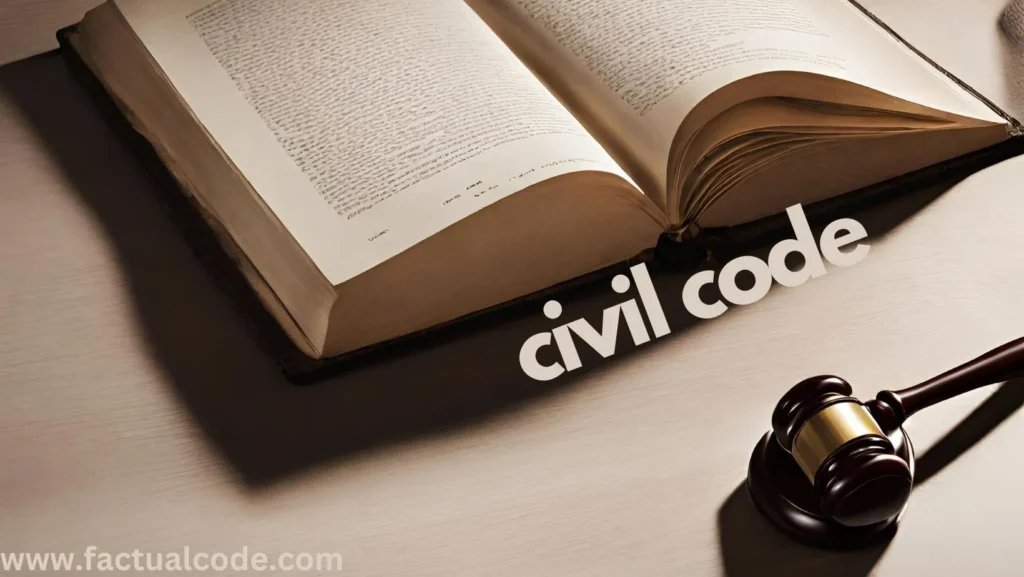A decree represents a cornerstone of judicial adjudication under the Code of Civil Procedure, 1908 (CPC), serving as the definitive resolution in civil disputes within India’s legal framework. Its legal significance lies in its ability to conclusively determine the rights and liabilities of parties, thereby establishing legal certainty. This scholarly analysis explores the conceptual, procedural, and jurisprudential dimensions of decrees, catering to advanced academic and professional audiences.
Definition and Essential Elements of a Decree
Under Section 2(2) of the CPC, a decree is defined as:
“The formal expression of an adjudication which, so far as regards the court expressing it, conclusively determines the rights of the parties with regard to all or any of the matters in controversy in the suit and may be either preliminary or final.”
To constitute a valid decree, the following essential elements must be present:
1. Origin from a Suit:
A decree must emerge from a formal legal proceeding initiated through a plaint.
2. Conclusive Determination:
It must irrevocably resolve the rights and liabilities of the parties concerning the issues in controversy.
3. Formal Judicial Expression:
The court’s determination must be formally documented and expressed.
4. Scope of Subject Matter:
A decree may address all or specific matters in dispute.
Legal Characteristics of a Decree
A decree embodies distinctive legal attributes that distinguish it from other judicial pronouncements:
1. Binding Legal Effect:
It has binding force on the parties involved unless reversed or modified by an appellate court.
2. Appealability:
Decrees are generally subject to appellate scrutiny unless explicitly restricted by statute.
3. Operative Clause:
It contains enforceable provisions specifying the relief granted or refused, including costs.
4. Conclusive Adjudication:
It constitutes a definitive resolution at the trial level, subject to limited judicial review.
Typologies of Decrees
Decrees can be classified based on their procedural status and adjudicative scope:
1. Preliminary Decree:
Establishes the rights or obligations of parties without fully resolving the suit.
Example: In partition suits, the preliminary decree delineates the parties’ shares without effectuating the partition.
2. Final Decree:
Resolves the legal dispute in its entirety.
Example: A decree directing possession delivery after partition.
3. Partly Preliminary and Partly Final Decree:
Incorporates both preliminary and final elements.
Example: In suits involving possession and mesne profits, the decree may finalize possession while remaining preliminary for mesne profits.
Essential Components of a Decree
A comprehensive decree typically encompasses the following elements:
1. Identification Details:
Suit number and jurisdictional particulars.
2. Names and Descriptions of Litigants:
Detailed identification of the parties.
3. Subject Matter:
Concise description of the claims, counterclaims, and issues.
4. Judicial Determination:
Reasoned conclusions by the court on contested matters.
5. Reliefs Granted or Denied:
Specification of awarded or denied reliefs, including cost allocation.
Procedure for Drafting and Execution of a Decree
1. Drafting of a Decree:
Following the judgment pronouncement, the court must prepare a decree accurately reflecting the adjudication.
2. Execution of a Decree:
The decree-holder may seek execution under Section 36 of the CPC, which may involve attachment and sale of property, arrest and detention of the judgment debtor, or delivery of possession.
Amendments and Corrections to a Decree
1. Correction of Errors:
Courts are empowered under Section 152 of the CPC to rectify clerical, arithmetical, or procedural errors.
2. Restitution:
Pursuant to Section 144, a party may seek restitution if a decree is subsequently reversed or modified.
Landmark Judicial Precedents on Decrees
1. Venkata Reddy v. Pethi Reddy (1963 AIR 992 SC):
This case clarified the distinction between preliminary and final decrees, underscoring that a final decree conclusively settles the rights of parties even if a preliminary decree has been passed earlier.
2. Ramaswami Chettiar v. The Official Receiver (AIR 1936 Mad 273):
The court articulated the essential criteria for identifying a decree and reinforced its judicial significance.
Conclusion
A decree stands as a vital judicial instrument in civil adjudication, embodying the court’s conclusive determination of litigants’ rights and obligations. Mastery of its conceptual and procedural intricacies is indispensable for legal scholars, practitioners, and students, as it governs the enforceability of legal rights and the finality of judicial pronouncements.
🛠️ Expert Tip: A decree is the court’s formal decision that resolves the dispute between the parties. It can be final, preliminary, or a mix of both, determining the rights conclusively. Learn more about decrees and other key aspects of the Code of Civil Procedure in our guide on How to Read CPC (Code of Civil Procedure, 1908).

